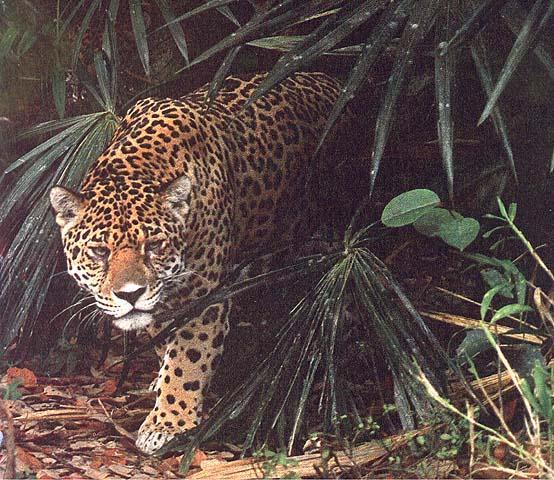|
| Query: Leopard | Result: 1307th of 1434 | |
Jaguar (Panthera onca) <!--재규어-->
| Subject: | Jaguar (Panthera onca)
| |

| Resolution: 554x480
File Size: 77927 Bytes
Upload Date: 2004:09:18 23:01:37
|
ERROR : Server Busy(-1105)
ERROR : Server Busy(-1105)
Jaguar (Panthera onca)
From: Lhicks@pacbell.net
Newsgroups: alt.binaries.pictures.misc
Subject: leopard.jpg (1/1)
Date: Wed, 01 Jan 1997 20:56:00 GMT |
^o^
Animal Pictures Archive for smart phones
^o^
|
|